- 11 Historic Wildfires That Changed Fire Management Data Reveals - October 4, 2025
- The 1883 Krakatoa Event And Its Global Weather Effects Records Show - October 2, 2025
- How Scientists Use Climate Models To Forecast The Future - October 2, 2025
Rising Costs Push Small Farmers to Their Breaking Point

The brutal economics of organic farming are forcing even the most dedicated sustainable growers to reconsider their paths. According to the USDA’s 2024 Organic Survey, input costs for organic farmers increased by 23% compared to conventional methods, with organic seeds alone costing 300-400% more than conventional varieties.
Sarah Mitchell, who ran a 150-acre organic vegetable operation in Iowa for eight years, made the painful decision to return to conventional farming in early 2024. “The organic premium we received barely covered the extra costs,” she explains. “When organic fertilizer hit $800 per ton compared to $400 for conventional, and our yields were consistently 20-30% lower, the math just stopped working.”
The National Agricultural Statistics Service reported that organic certification and compliance costs averaged $15,000 annually for mid-sized farms in 2024, up from $8,500 in 2020. This dramatic increase stems from stricter documentation requirements, more frequent inspections, and the need for specialized storage and handling equipment that prevents contamination from conventional products.
Labor Shortages Hit Organic Operations Hardest
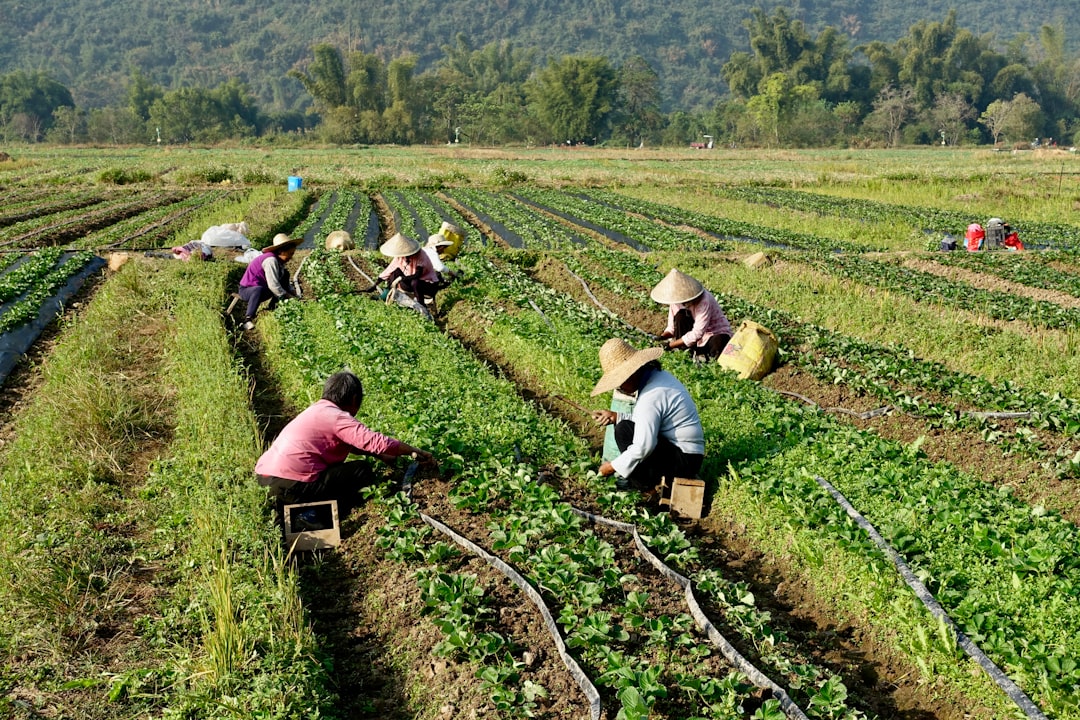
Organic farming’s labor-intensive nature has become its Achilles’ heel in today’s tight labor market. The American Farm Bureau Federation’s 2024 Labor Survey found that organic farms require 50% more labor hours per acre than conventional operations, particularly during weeding and pest management seasons.
Mike Rodriguez, who converted his 300-acre California almond orchard back to conventional practices in late 2024, cites labor challenges as the primary factor. “We needed 12 workers for hand-weeding what two workers could handle with herbicides on conventional farms,” he notes. “With agricultural wages reaching $18-22 per hour in our area, those labor costs became unsustainable.”
The situation worsened when COVID-19 disrupted seasonal worker programs. USDA data shows that organic farms experienced 35% higher turnover rates in 2024, with many workers preferring the less physically demanding work available on conventional farms that rely more heavily on mechanization and chemical inputs.
Climate Change Devastates Organic Yields
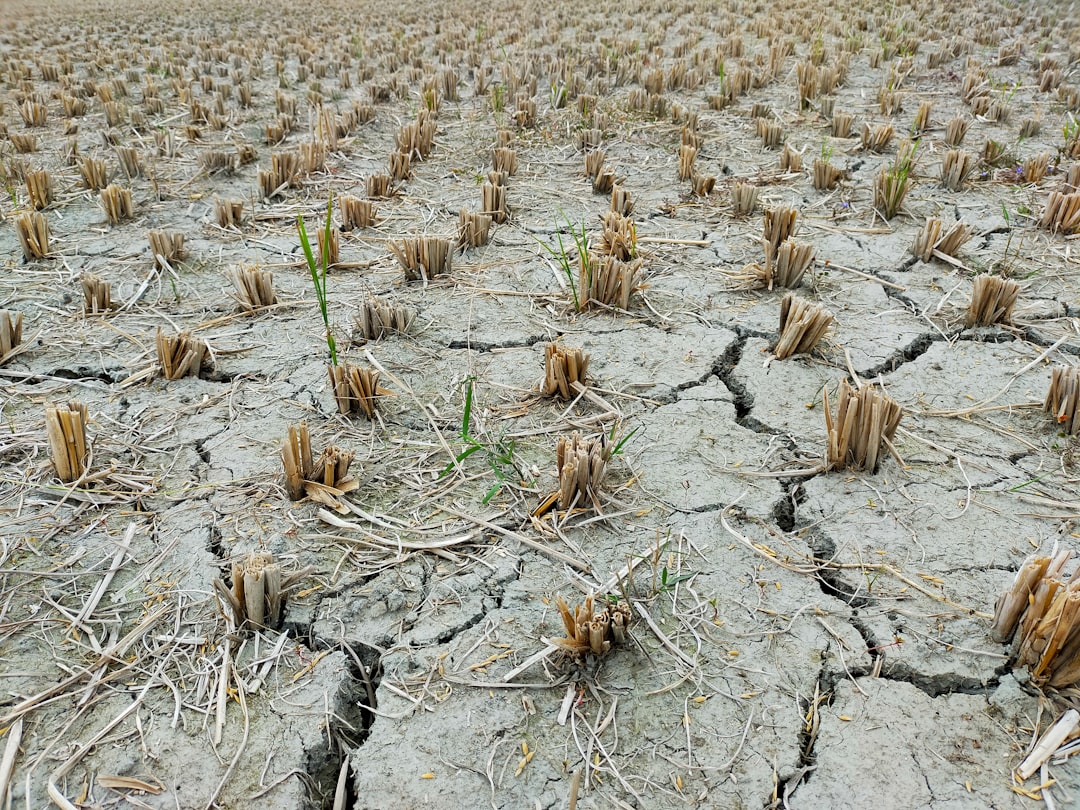
Extreme weather events are proving particularly devastating for organic farmers who have fewer tools to protect their crops. The 2024 Climate Impacts on Agriculture report from the National Climate Assessment revealed that organic farms experienced 40% greater yield losses during drought conditions compared to conventional operations.
Tom Bradley’s 500-acre organic corn farm in Nebraska exemplifies this struggle. After losing 60% of his crop during the 2024 drought—compared to neighboring conventional farms that lost only 25%—he made the switch back to conventional methods. “Organic farming works great in perfect conditions, but climate change isn’t giving us perfect conditions anymore,” Bradley explains.
The inability to use synthetic fungicides and pesticides during unusual weather patterns has left organic farmers particularly vulnerable. Plant pathologist Dr. Jennifer Walsh from Cornell University notes that organic farms in the Northeast experienced 45% higher crop losses from fungal diseases in 2024’s unusually wet spring, as approved organic treatments proved insufficient against aggressive disease pressure.
Market Premiums Shrinking as Organic Goes Mainstream
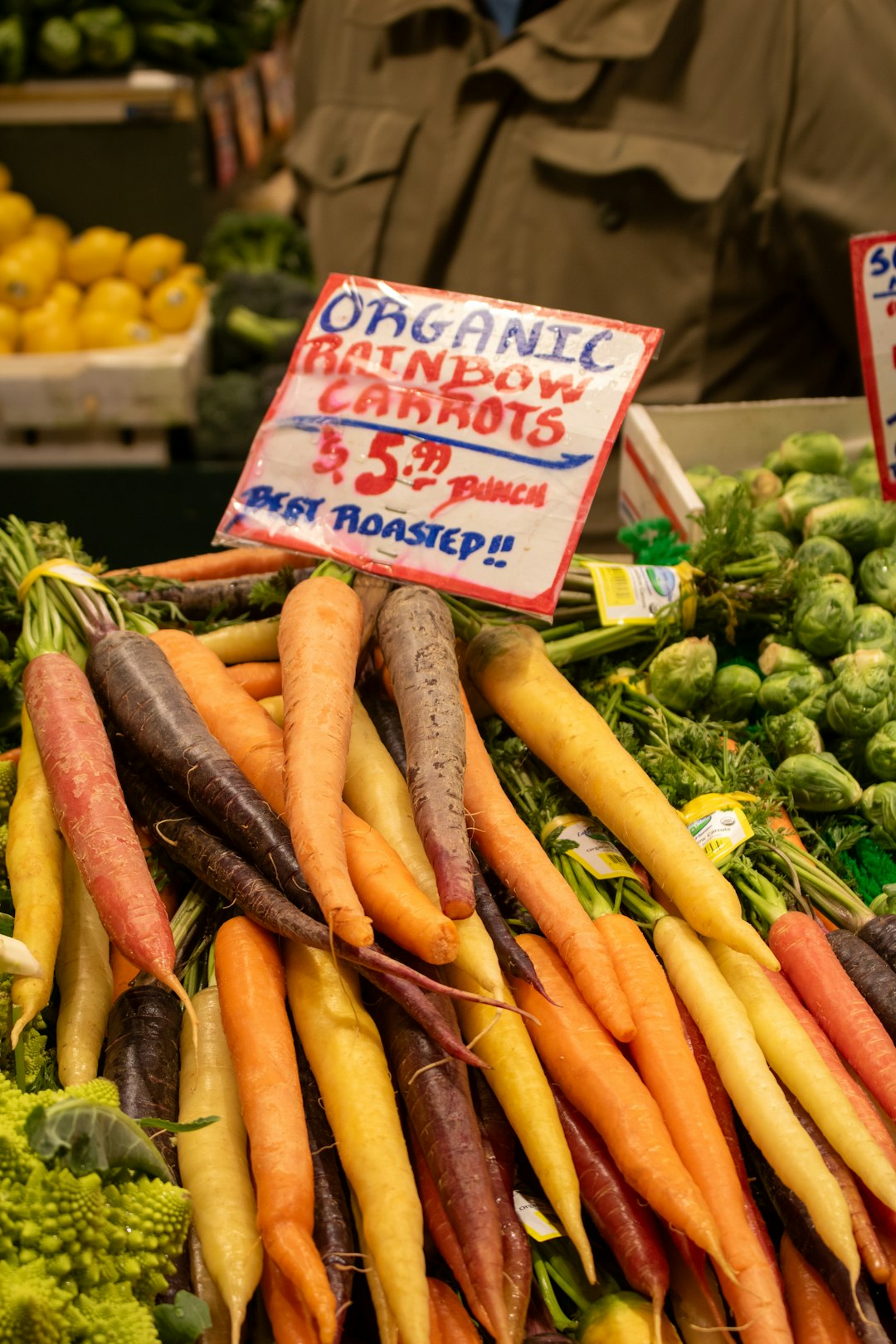
The organic price premium that once justified higher production costs is rapidly eroding as large corporations flood the market with cheaper organic products. According to the Organic Trade Association’s 2024 market analysis, the average premium for organic produce dropped to 20% above conventional prices, down from 40% in 2019.
This compression particularly affects smaller operations that can’t achieve the economies of scale needed to compete with industrial organic producers. Family farmer Janet Williams from Vermont saw her organic milk premium fall from $8 per hundredweight to just $3 between 2022 and 2024, while her production costs remained elevated.
Walmart’s expansion of its Great Value organic line and Amazon’s introduction of bulk organic products through Whole Foods have fundamentally altered the market dynamics. The retail giant’s ability to source organic products globally at lower costs has created a price ceiling that many domestic organic farmers simply cannot meet while maintaining profitability.
Regulatory Burden Becomes Overwhelming for Small Operations

The complexity of organic certification has reached levels that smaller farmers describe as byzantine and financially crushing. The USDA’s National Organic Program introduced 47 new compliance requirements in 2024, including enhanced record-keeping systems and mandatory soil testing every six months instead of annually.
Ohio farmer David Chen, who abandoned his organic certification after 12 years, spent over 200 hours annually on paperwork and compliance activities. “I was spending more time documenting my farming than actually farming,” Chen reflects. “The three-year transition period alone requires maintaining detailed records of every input, every field activity, and every sale, even when you’re not receiving organic premiums yet.”
The situation intensified when the USDA began requiring digital record-keeping systems in 2024, forcing many older farmers to invest in technology and training they couldn’t afford. Certification bodies report that 30% of small organic operations failed their annual inspections due to documentation deficiencies, not farming practice violations.
Pest Pressure Overwhelms Organic Solutions
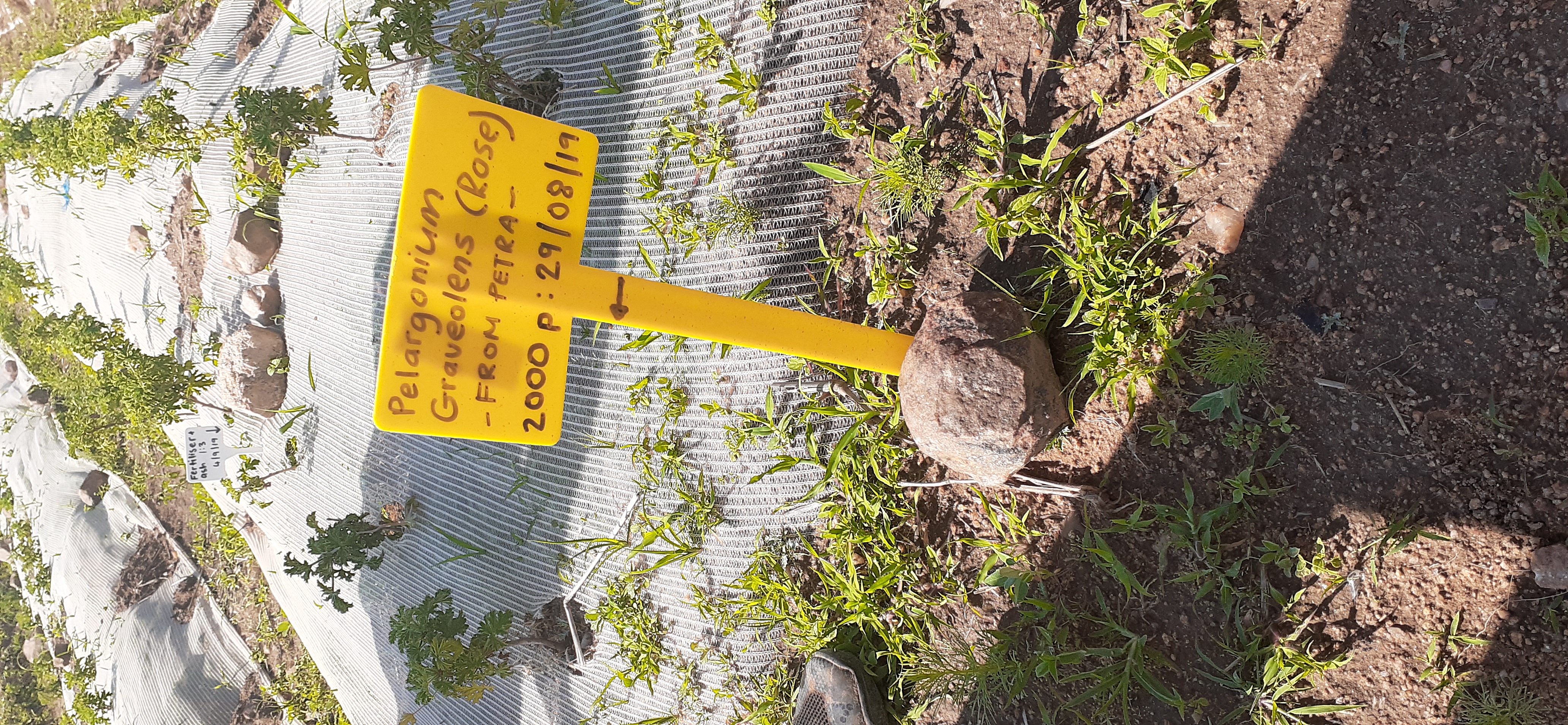
Invasive species and evolving pest populations are rendering traditional organic pest management strategies inadequate. The 2024 National Pest Monitoring Network reported a 65% increase in herbicide-resistant weeds on organic farms, where mechanical and biological controls proved insufficient against aggressive invasive species.
Kansas wheat farmer Lisa Thompson watched helplessly as Russian wheat aphids destroyed 40% of her organic crop in 2024, despite deploying beneficial insects and approved organic sprays. Her neighbor’s conventional fields, protected by targeted insecticides, suffered only 5% losses. “Nature doesn’t care about our farming philosophy,” Thompson observes. “Sometimes you need modern chemistry to save a crop.”
The spotted lanternfly invasion across the Eastern United States has been particularly devastating for organic orchards and vineyards. Pennsylvania organic apple grower Mark Stevens lost $300,000 in 2024 after organic-approved treatments failed to control the pest, ultimately forcing him to return to conventional methods to save his remaining trees.
Supply Chain Disruptions Hit Organic Inputs Hardest
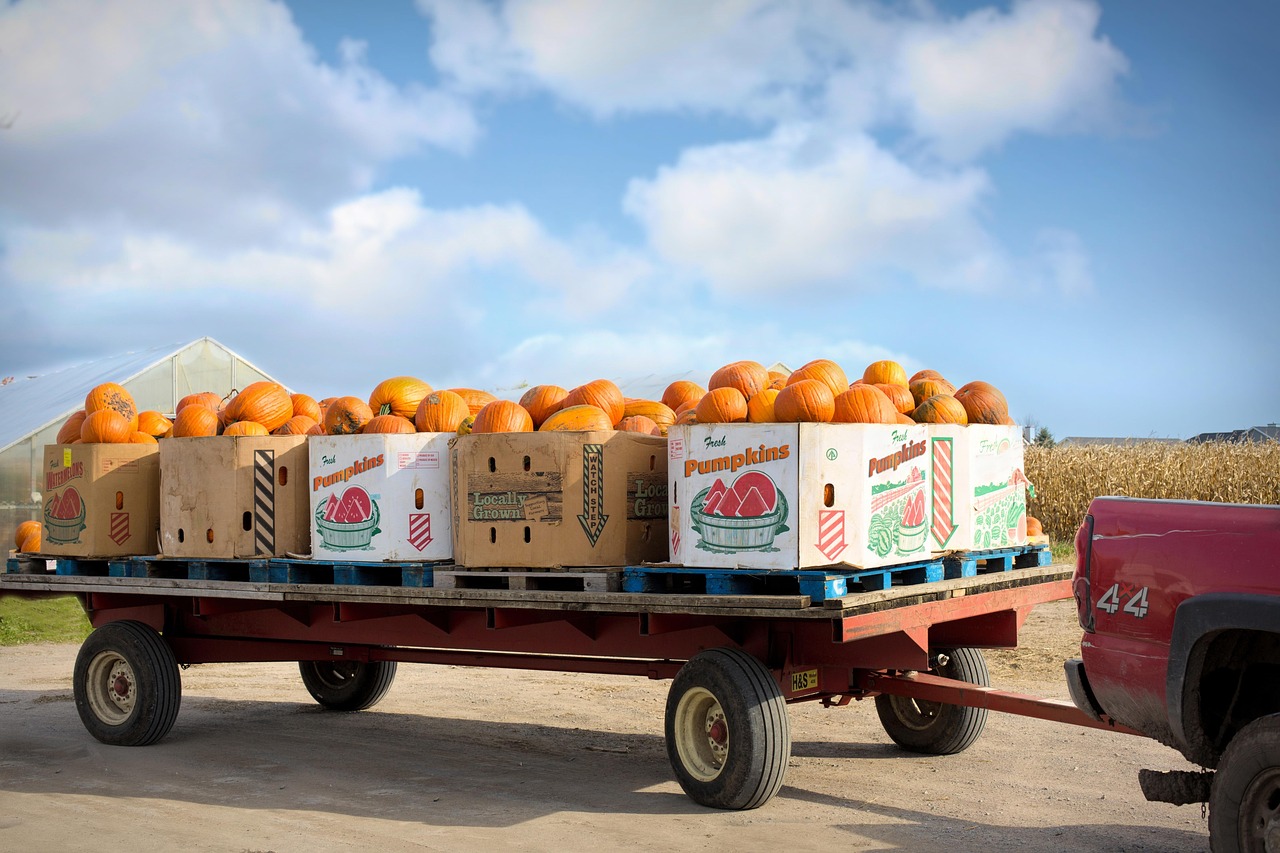
The fragmented and specialized nature of organic input supply chains makes them particularly vulnerable to disruptions. The 2024 Organic Input Availability Survey revealed that 78% of organic farmers experienced significant delays or shortages of critical inputs, compared to 31% of conventional farmers.
Organic seed shortages reached crisis levels in 2024, with some varieties unavailable for entire growing seasons. Montana organic grain farmer Robert Kim waited four months for organic barley seed that never arrived, forcing him to either skip planting or use conventional seed and lose his organic certification. He chose to plant conventional crops and abandon organic certification entirely.
The situation worsened when two major organic fertilizer suppliers went bankrupt in 2024, creating supply shocks that doubled prices overnight. Unlike conventional farmers who can source synthetic fertilizers from multiple suppliers, organic farmers depend on a limited network of specialized producers, making them vulnerable to such disruptions.
Technology Gap Widens Between Farming Systems
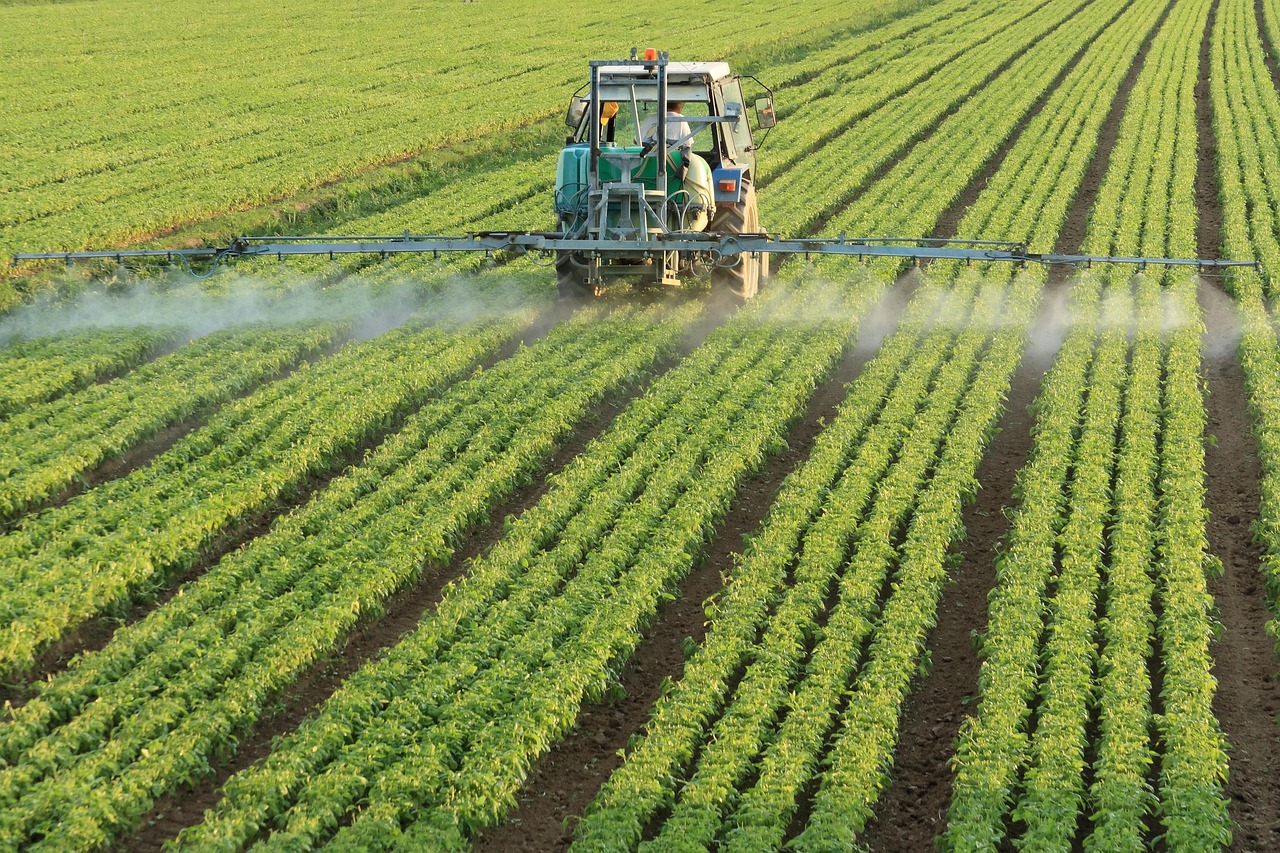
The rapid advancement of precision agriculture technologies is creating an ever-widening efficiency gap that favors conventional farming. The 2024 Agricultural Technology Adoption Survey found that only 23% of organic farms utilize GPS-guided equipment, compared to 87% of conventional operations.
Variable-rate fertilizer application, drone-based crop monitoring, and AI-powered pest identification systems are revolutionizing conventional agriculture while remaining largely incompatible with organic principles. Illinois farmer Amanda Foster returned to conventional methods in 2024 specifically to access these technologies, reducing her input costs by 30% through precision application.
The integration of biotechnology and conventional farming continues to accelerate, with herbicide-tolerant crops allowing for no-till practices that organic systems cannot replicate. This technological divergence means organic farmers are increasingly competing with one hand tied behind their backs, unable to benefit from innovations that could dramatically improve their efficiency and sustainability.
Consumer Demand Shifts Toward Locally Grown Over Organic
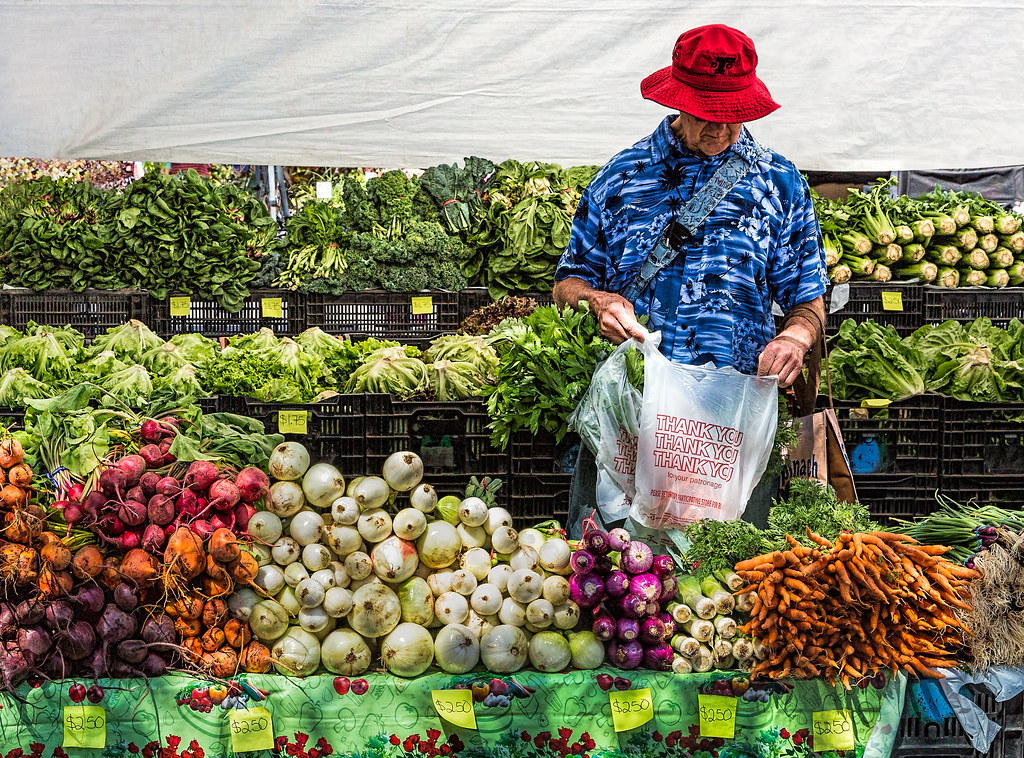
A fundamental shift in consumer preferences is undermining the organic market’s growth trajectory. The 2024 Food Marketing Institute Consumer Trends Survey revealed that 52% of shoppers now prioritize “locally grown” over “organic” when making produce purchases, a complete reversal from 2020 data.
This trend particularly affects organic farmers who cannot compete on locality with nearby conventional producers. Colorado organic farmer Patricia Gonzalez found her farmers market sales dropping 40% in 2024 as customers chose conventional produce from farms within 30 miles over her organic vegetables trucked from 100 miles away.
The rise of “regenerative agriculture” marketing by conventional farmers is further eroding organic’s unique positioning. Many conventional operations now promote soil health and environmental stewardship while maintaining the productivity advantages of synthetic inputs, creating a middle ground that appeals to environmentally conscious consumers without the premium prices of certified organic products.
Financial Reality Forces Difficult Decisions

The stark financial mathematics of modern farming are forcing even ideologically committed organic farmers to abandon their principles. USDA’s 2024 Farm Income Statement data shows that organic farms averaged 15% lower net income than comparable conventional operations, despite receiving premium prices for their products.
Bank lending practices are also shifting against organic operations, with agricultural lenders requiring higher down payments and charging premium interest rates due to perceived higher risks. Texas organic cotton farmer Miguel Santos received loan offers 2.5 percentage points higher than conventional farmers, ultimately making the transition back to conventional methods to access better financing terms.
The final straw for many farmers comes when family financial pressures override farming philosophy. Minnesota organic dairy farmer Karen Johnson made the switch in 2024 when medical bills for her husband’s cancer treatment required immediate cash flow that her organic operation couldn’t provide, despite years of dedication to sustainable practices.
